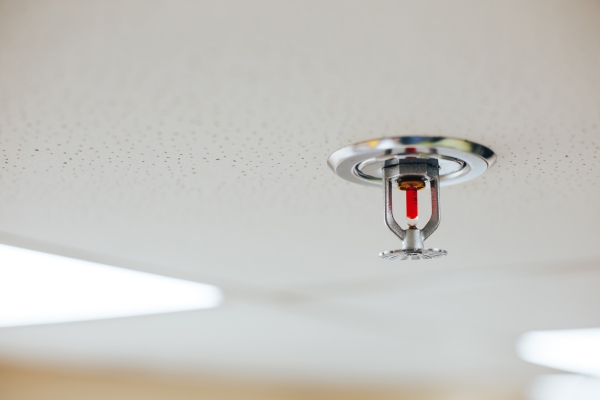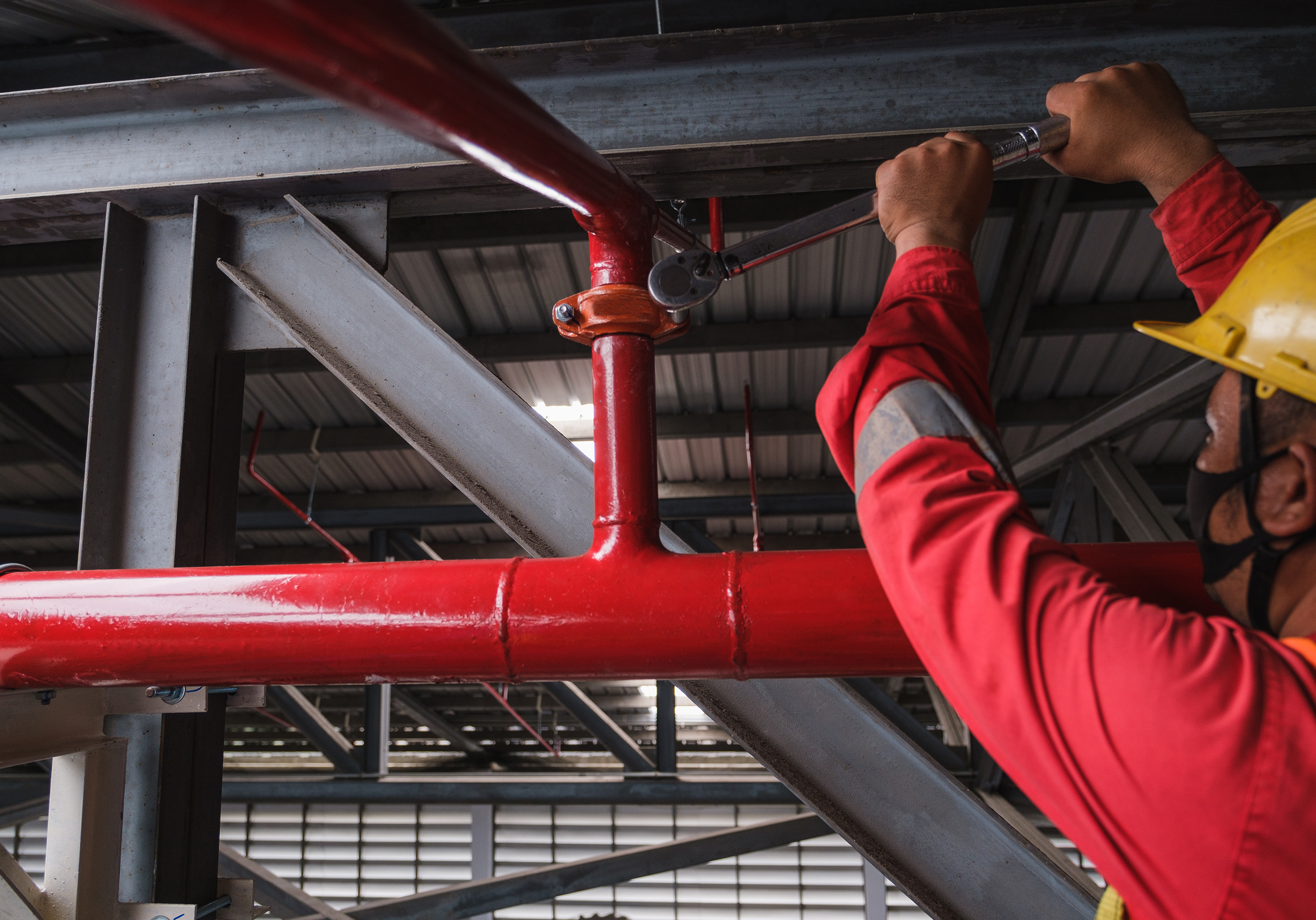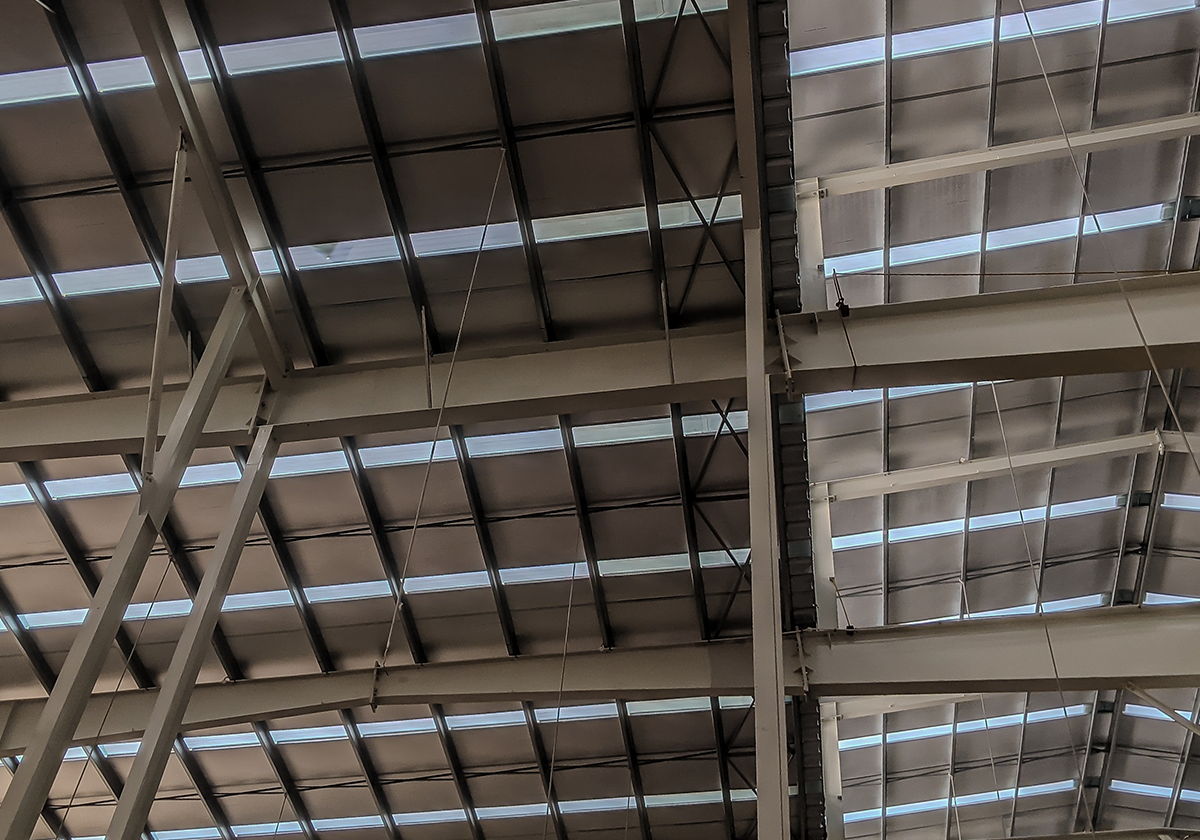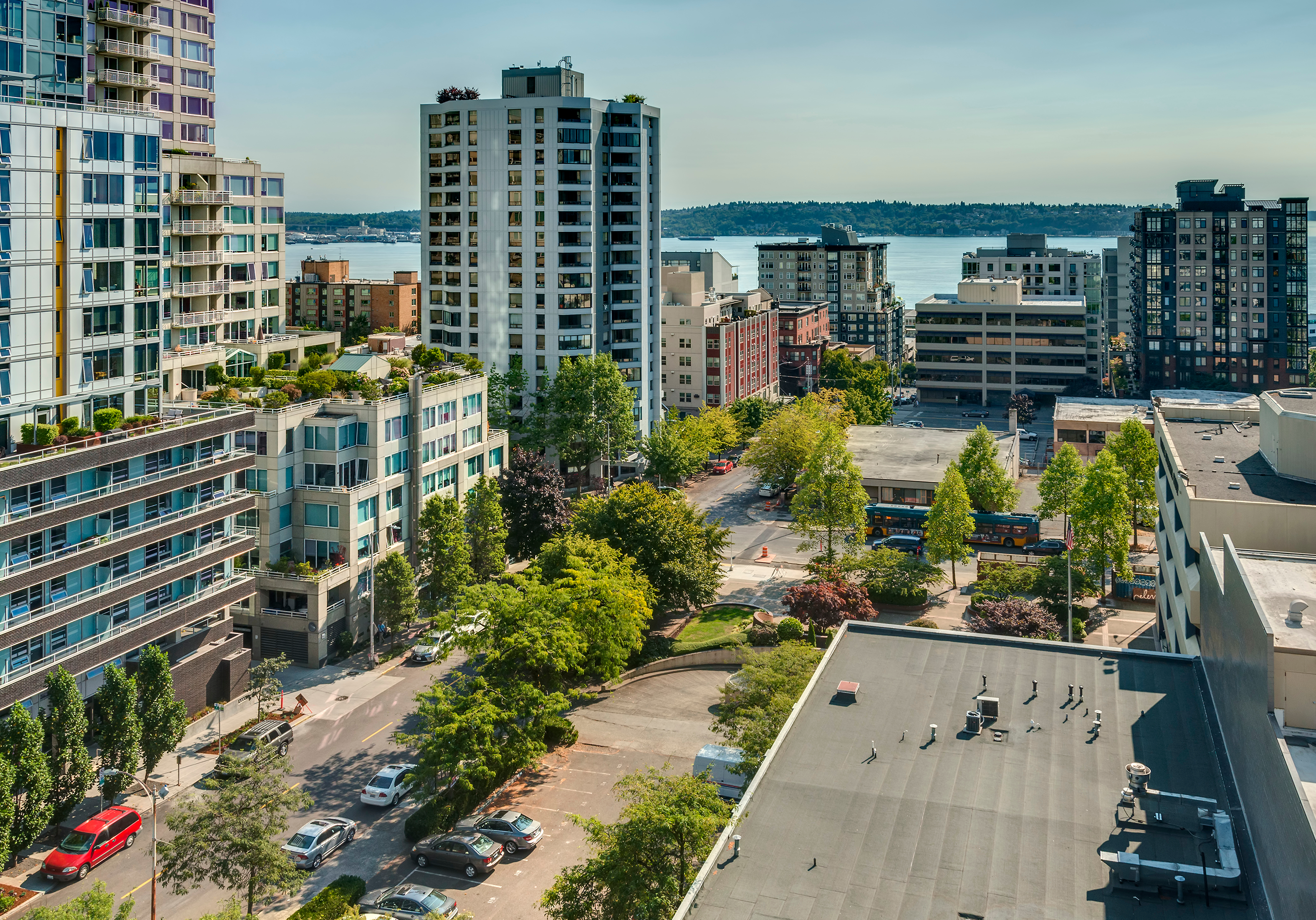Every year, sprinkler systems should go through inspection, testing, and maintenance, in what's called a confidence test.
The confidence sometimes includes other tests, such as the main drain or local alarm test. Sprinkler systems go through other, less-frequent tests, too, such as a trip test using the inspector’s test outlet for a dry system or an internal pipe inspection.
When operated, properly maintained sprinkler systems are effective 96% of the time, according to the National Fire Protection Association (NFPA).
For us to give sprinkler credit to a building, we require:
- A recent confidence test
- Trip tests for dry systems only
- Local alarm test
- Internal pipe inspection
The NFPA 25 standard sets the requirements for the inspection, testing, and maintenance of water-based fire protection systems.
 An automatic fire sprinkler system should be tested regularly.
An automatic fire sprinkler system should be tested regularly.
Related:
WSRB's Essential Guide to Commercial Property Risk Assessment
What is an internal pipe inspection?
Sometimes called a five-year internal obstruction test, this is a relatively new requirement by the NFPA. A certified fire sprinkler contractor will visually inspect the inside of sprinkler system piping.
A contractor will drain the sprinkler system so no water is in the pipes and will then remove parts of the branch lines in the system to visually inspect them. Sprinkler contractors can also use cameras on the end of a pipe snake to view deeper into the piping.
When a sprinkler system is activated in movies, the water always appears clean and potable, but this isn’t actually the case. Over time, corrosion — including slime, tubercules, and other foreign substances — build up in sprinkler pipes and can restrict the amount of water in the pipe and slow the pressure of the water flowing out of the system once it’s activated. If enough corrosion builds up, it could even clog the sprinkler head.
The NFPA recommends the internal pipe inspection be conducted every five years for sprinkler systems with metal piping, and that's the frequency standard we at WSRB follow.
If an internal pipe inspection does find corrosion or other substances in the pipe, the system must undergo further tests. The contractor will consult with the building owner and determine the best person to flush the system. If, in a building with multiple sprinkler systems, any one system in the building is found to have foreign material in the piping, all of the systems must then be tested. When obstructions are found during routine testing of the system, NFPA 25 also requires that the contractor then conduct an obstruction investigation for the system or yard main piping.
While this test is becoming more and more common, it is not always done in all jurisdictions. Due to this, WSRB will work with building owners or tenants who have not had this test done within the past five years.












